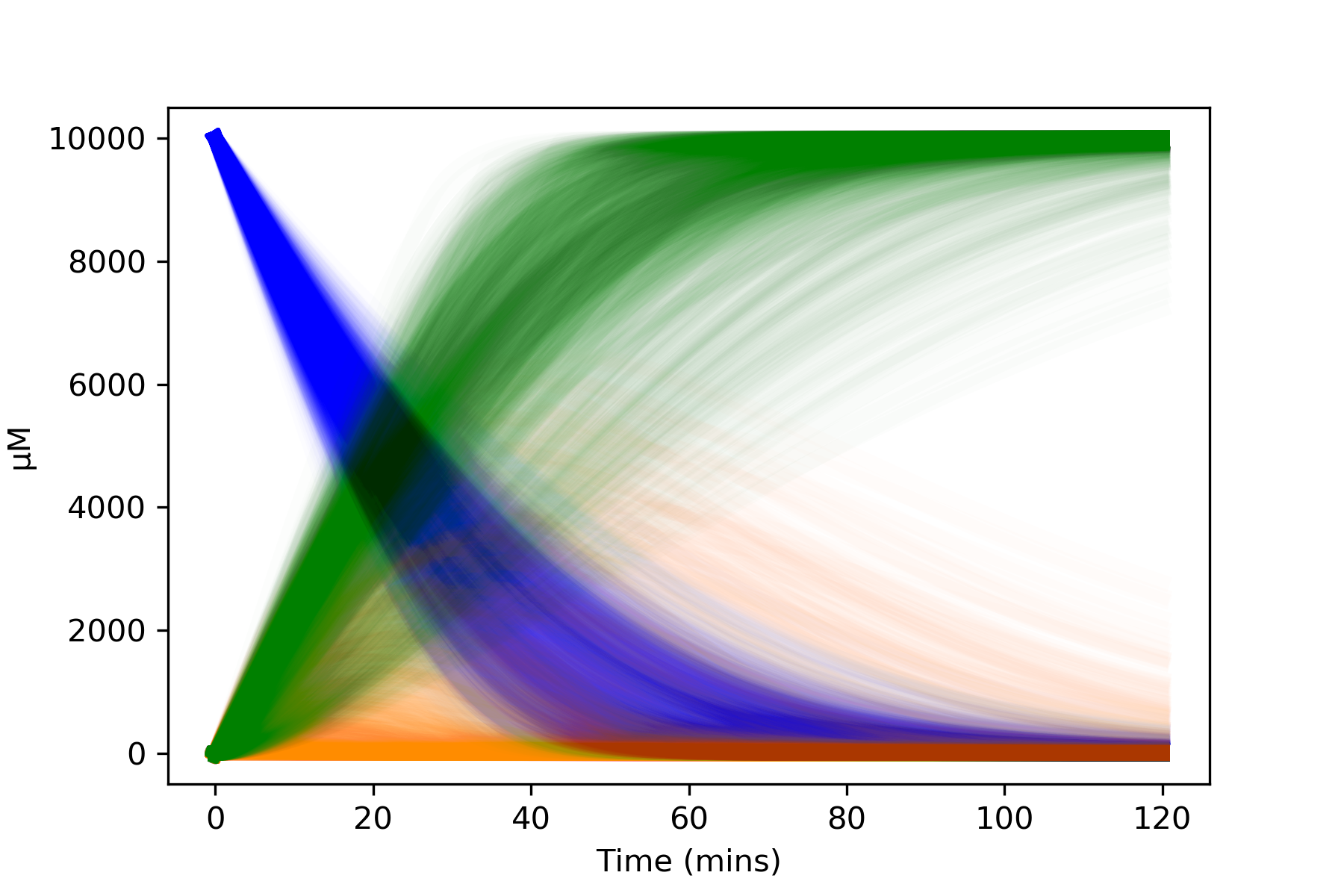

Individual cells subsequently pass through argon (Ar) plasma, which atomizes and ionizes the sample. Single-cell suspensions are nebulized such that each droplet contains a single cell. In mass cytometry, cells are incubated with a mixture of probes/antibodies tagged with a unique non-radioactive heavy metal isotope. Mass cytometry replaces fluorescent labels with non-biologically available metal isotopes with concise mass spectrometry parameters, thereby overcoming the pitfalls associated with overlapping emission spectra and increasing the number of simultaneously analyzable parameters further ( 20, 21). Due to the broader emission spectra of fluorescent probes following laser excitation, overlapping emission spectra remains a significant issue in flow cytometry. These data acquisition machines can process up to 50 parameters simultaneously however, practical application typically allows a maximum of 40 parameters ( 19). The newer fluorescent-based flow cytometry machines (spectral flow cytometers) measure the total fluorescence in 1 sample and then use an unmixing technology to mathematically separate the specific fluorophore signals ( 18). Standard flow cytometry technologies using 4- or 5-laser data acquisition instruments allow analysis of up to 30 parameters simultaneously. Until recently, fluorescent-based (conventional) flow cytometry was the method of choice for phenotypic and functional analysis of single cells. Since 2015, the application of mass cytometry for immunophenotyping in hematopoietic stem cell transplantation (HSCT) ( 2– 6), tumor microenvironment (TME) ( 7– 13) and cancer immunotherapy ( 6, 9, 14– 17) has significantly expanded. ( 1), mass cytometry has become an important tool in the analysis of immune cell function/activation due to its high-parameter capabilities. First introduced in 2009 by Bandura et al. Mass cytometry, also termed cytometry by Time-Of-Flight (CyTOF ®), is a powerful tool for high-dimensional and high-throughput single-cell assays. It is our hope that this manuscript will prove a useful resource for both beginning and advanced users of mass cytometry. Where feasible multiple resources for the same process are compared, allowing researchers experienced in flow cytometry but with minimal mass cytometry expertise to develop a data-driven and streamlined project workflow. Included in this review are experiment and panel design, antibody conjugations, sample staining, sample acquisition, and data pre-processing and analysis. To address the key pitfalls associated with the fragmentation, complexity, and analysis of data in mass cytometry for immunologists who are novices to these techniques, we have developed a comprehensive resource guide. This is, however, associated with significantly increased complexity in the design, execution, and interpretation of mass cytometry experiments. Through the elimination of spectral overlap seen in optical flow cytometry by replacement of fluorescent labels with metal isotopes, mass cytometry allows, on average, robust analysis of 60 individual parameters simultaneously. Mass cytometry is also a powerful tool for single-cell immunological assays, especially for complex and simultaneous characterization of diverse intratumoral immune subsets or immunotherapeutic cell populations. Mass cytometry has revolutionized immunophenotyping, particularly in exploratory settings where simultaneous breadth and depth of characterization of immune populations is needed with limited samples such as in preclinical and clinical tumor immunotherapy. 4Sheila and David Fuente Program in Cancer Biology, University of Miami Miller School of Medicine, Miami, FL, United States.3Sylvester Comprehensive Cancer Center, University of Miami Miller School of Medicine, Miami, FL, United States.2Department of Microbiology and Immunology, University of Miami Miller School of Medicine, Miami, FL, United States.

1Department of Pediatrics, University of Miami Miller School of Medicine, Miami, FL, United States.


 0 kommentar(er)
0 kommentar(er)
